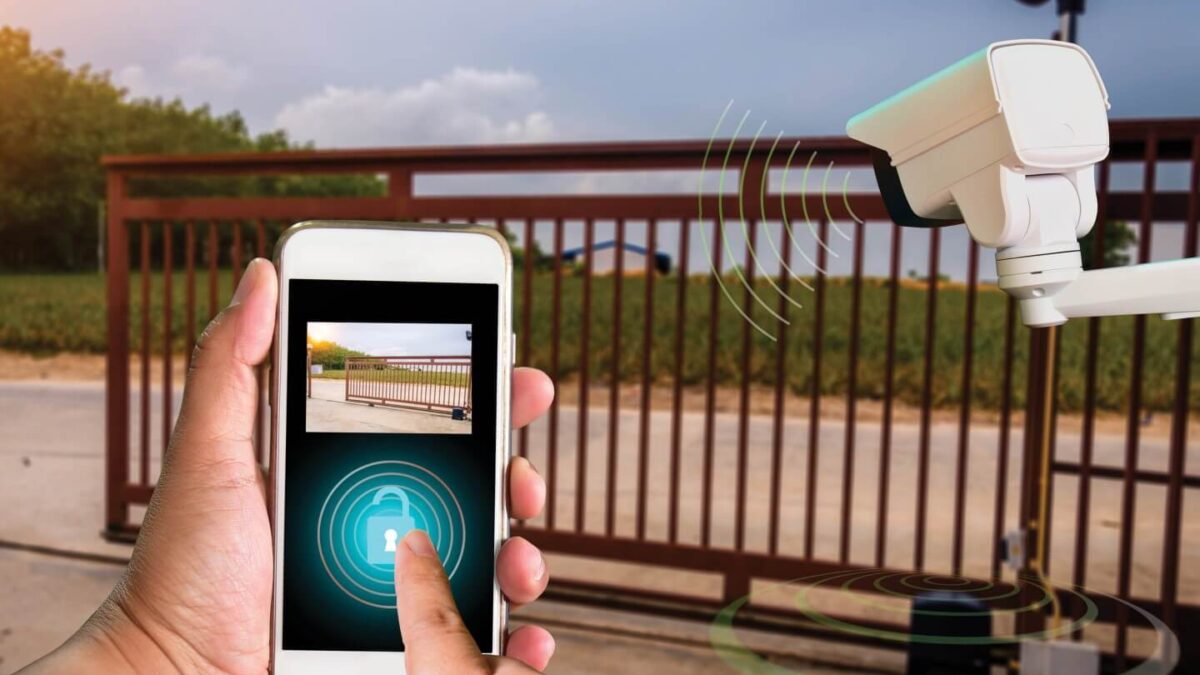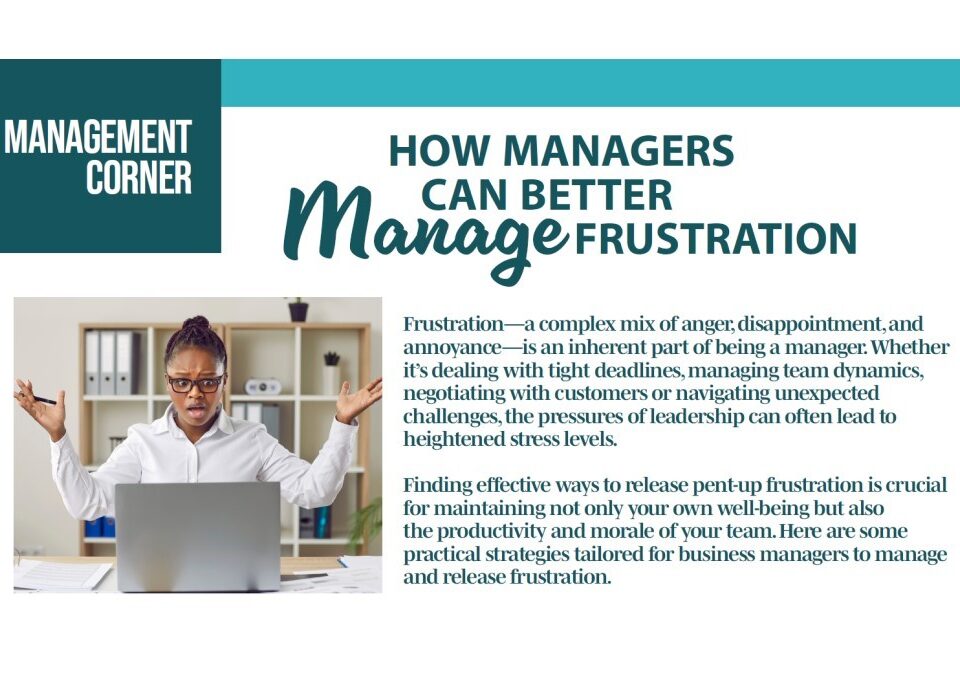
Family Business: How to Bring in the Younger Generation
March 21, 2022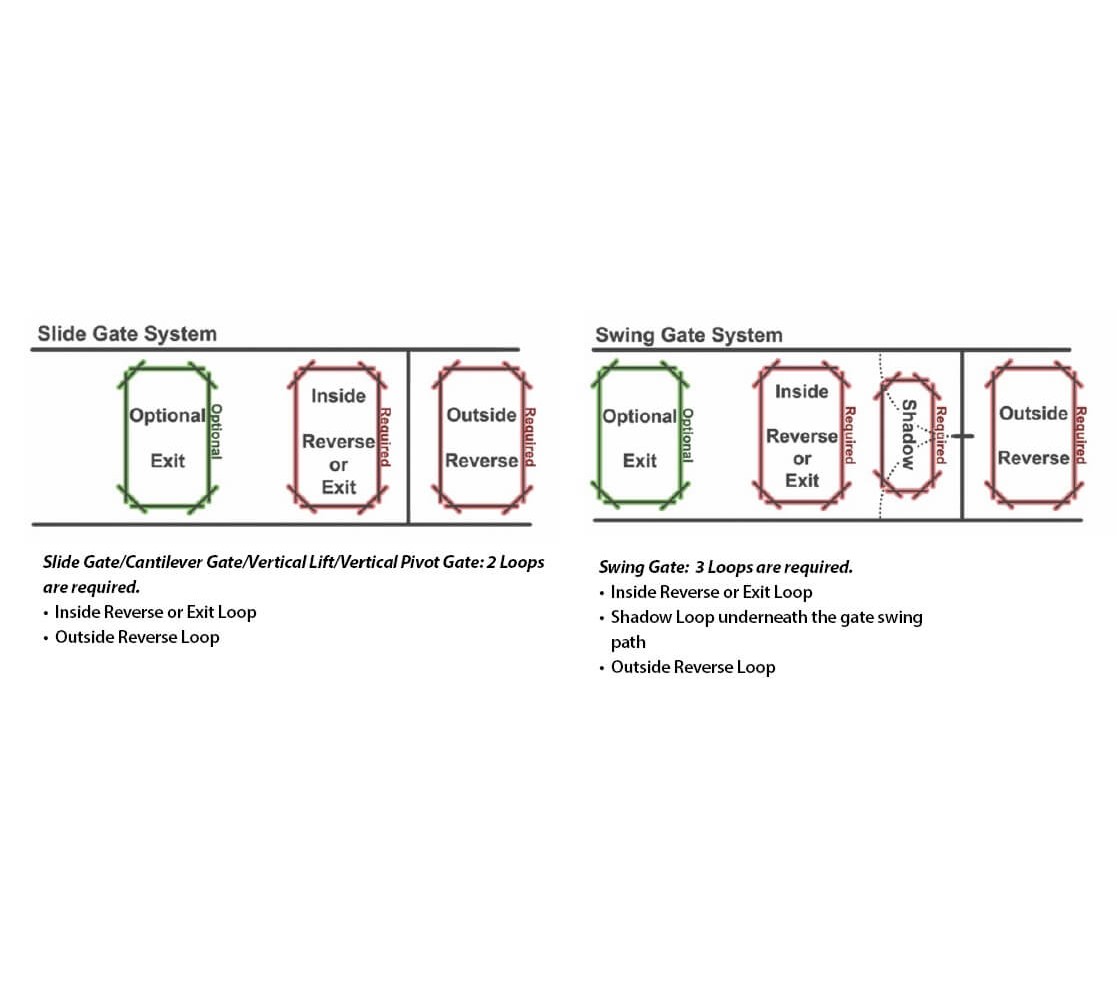
Designing Successful Loop Systems
July 26, 2022Access Control System Considerations
UTILIZING automatic yet secured entrances and exits are part of our way of life. Latches, lighting, loops and more are components that are critical to the operations and provide user-friendly ways to enhance security and ease-of-use. In this section, leading manufacturers and suppliers of these components share new options and techniques for helping the customer have a successful experience.
Choosing an access control system for the first time can be intimidating for property owners, managers, and homeowners alike. Today’s market is full of different system types, features, and prices. While that’s an advantage, the options can feel overwhelming, and contractors can play a big role in helping their customers make decisions.
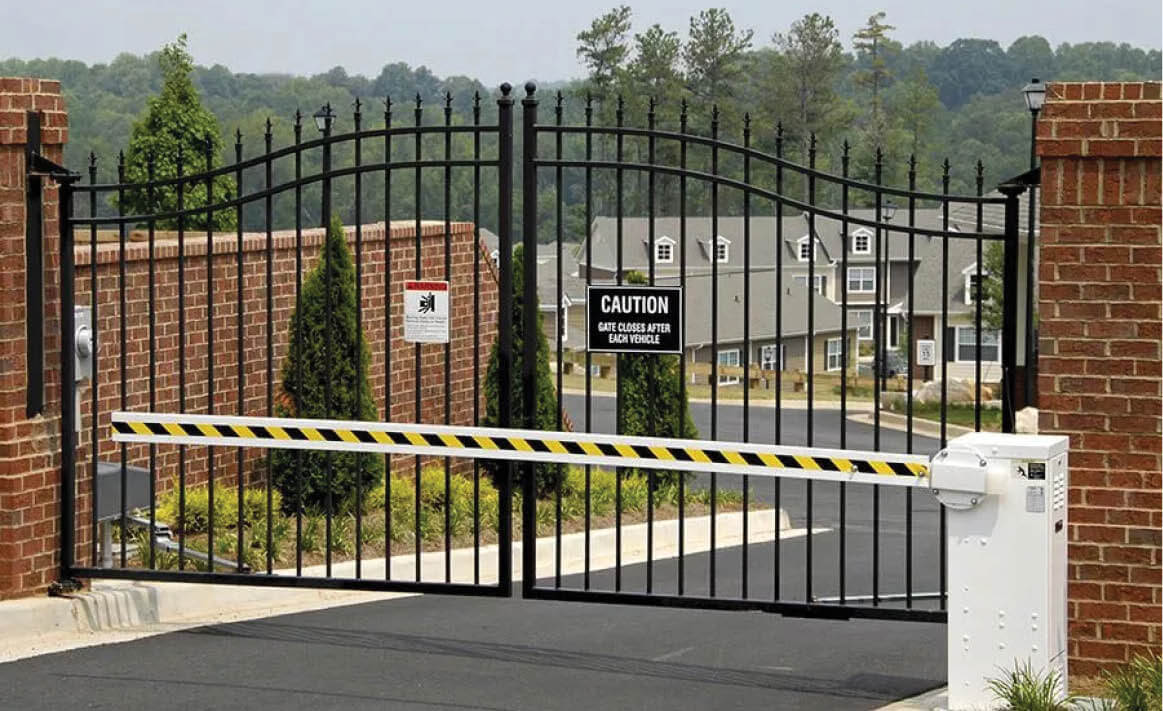
Access control systems help property owners/managers verify and approve who enters their property and areas within the property. Investing in an access control system is a significant step to improving the security of their spaces. Knowing what to implement can save them costly purchasing mistakes.
According to Tim Pfeiffer, with PTR Control Systems in Atlanta, Georgia, Access control has evolved considerably over time. “Not long ago, mechanical locks and human vigilance were the standards. Current solutions provide features beyond allowing and denying access. They allow property owners to optimize security and track traffic through their buildings and exterior spaces.”
Pfeiffer says the client’s budget is the first consideration. “However, you also want to make a choice that is flexible enough to revisit if they want or need additional features added on later.”
Access control systems work with doors, gates, and other physical variables separating different spaces. Choices include telephone and digital entry, card reader, FOB Systems, and vehicle ID Systems. This information is sent over to an access control panel for verification against an access list after which the door or gate gets unlocked for the user to gain access. Newer technologies such as retina scanner door access control systems are starting to be implemented as well.
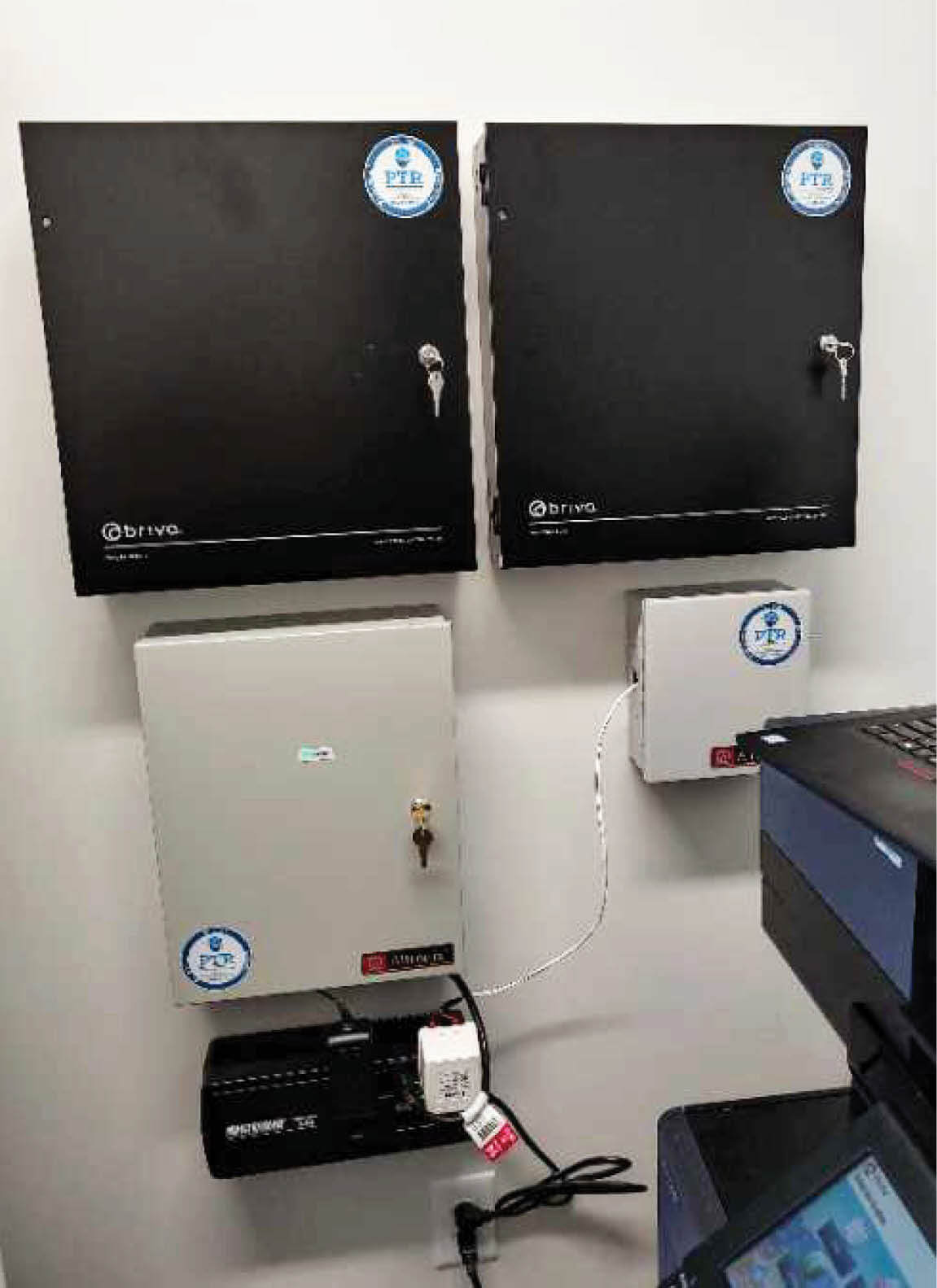
Automated gates are obviously a key factor in access control. Pfeiffer says the main types of automatic gates used for commercial and residential settings are slide gates, swing gates, and barrier arms, each with its own unique features.
SWING GATES
Swing gates are the most common gate style in either single or dual configuration. The main concern in either case is that the driveway entrance must be wide enough for access by a fire truck. By most building codes, the minimum opening is 14 feet. That goes for the slide gate too.
SLIDE GATES
Where the location doesn’t allow for a swing gate, slide gates are used. Slide gates have several mounting options. A track can be installed for the gate to roll on, a cantilever system can be used if the land surrounding the entry isn’t level, or an overhead track system can be installed.
BARRIER ARM
A barrier arm is used when quicker access is desired and pedestrian traffic does not need to be controlled. A barrier arm can also be installed in conjunction with a swing or a slide gate. This configuration is often promoted to prevent tailgating into a property, but barrier arms also protect the gates themselves.
close a wide variety of gate types. Pfeiffer says many operators are now able to add solar power and battery backup capabilities, and some offer cellular capabilities for diagnostic control. Most gate operators function by either using a key fob style remote control, or a card system that goes to an access panel.
PTR Control Systems, LLC offers Access Control solutions for residential and commercial markets in the Metro Atlanta Area. Visit www.ptraccess.com.

